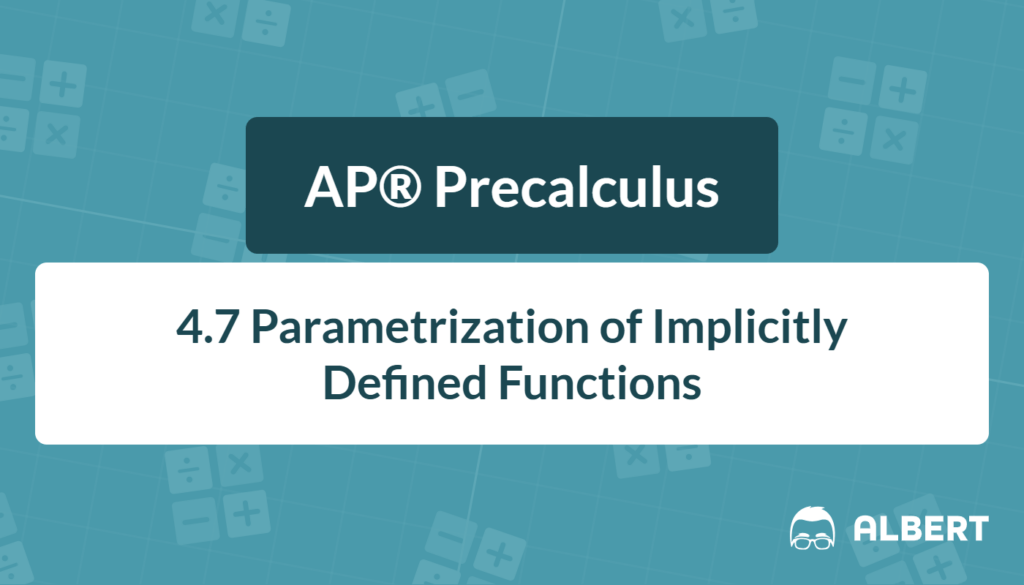What We Review
Introduction
Understanding parametric equations is a crucial part of Precalculus. These equations allow complex curves to be represented in a way that is simpler and easier to understand. You might ask, “What does parametrizing a curve mean?” Let’s dive into this fascinating topic and break it down step-by-step.
Understanding Parametrization
Parametrization refers to expressing a curve using a set of equations where each coordinate is a function of one or more variables, called parameters. It essentially provides a way to describe complex curves using simpler equations, akin to connecting dots on a canvas with a smooth line.
For example:
- A circle isn’t just a collection of points. By describing its path using parametric equations, it’s defined smoothly and clearly.
Why Use Parametrization?
Using parametric equations offers several advantages:
- Flexibility: Parametric equations let us describe curves that standard Cartesian forms can’t easily manage.
- Ease of Manipulation: Calculating intersections or deriving tangents is more straightforward.
- Algebra-Geometry Connection: They beautifully link algebraic concepts with geometric illustrations.
Through parametrization, the curve’s behavior over time or any variable becomes readily visible. This offers deeper insights into the shape and movement of curves.
Basic Parametric Equations
Typically, parametric equations involve setting equations for x and y that both depend on a third variable, t.
Example: Parametrizing the Line y = 2x + 1
For the line y = 2x + 1, choose t = x. Thus:
- x(t) = t
- y(t) = 2t + 1
In parametric form, the line is represented as:
- x = t
- y = 2t + 1
This simple representation allows for flexible interpretation and easy plotting on a graph.
Parametrizing Conic Sections
Parametrizing a Parabola
Parabolas are parametrized by expressing both x and y as functions of a parameter.
Example: Parametrizing the Parabola y = x^2
Choose x(t) = t. Then, y = t^2 gives:
- x(t) = t
- y(t) = t^2
This parametric set helps visualize how y changes as x varies, aiding in sketching and analyzing parabolas.
Parametric Equation for Ellipse
Ellipses have a standard parametric form based on angle t.
Example: Convert Ellipse Polynomial Equation to Parametric \frac{(x - 2)^2}{4} + \frac{(y - 3)^2}{9} = 1
The parametric form is x(t) = h+ a\cos t and y(t) = k +b \sin t :
- x(t) = 2 + 2\cos(t)
- y(t) = 3 + 3\sin(t)
This representation highlights the periodic and cyclical nature of ellipses.
Parametric Equation for Hyperbola
Hyperbolas use parameterization to describe their two separate branches.
Example: Parametrizing the Hyperbola \frac{(x - 1)^2}{4} - \frac{(y - 2)^2}{9} = 1
The parametric form for a hyperbola opening left/right is x(t) = h+ a \sec t and y(t) = k+b \tan t :
- x(t) = 1 + 2\sec(t)
- y(t) = 2 + 3\tan(t)
Parametric equations clearly define the hyperbola’s form based on the angle t.
Quick Reference Chart
| Term | Definition |
| Parametric Equation | Equations representing x and y as functions of one or more variables (t). |
| Ellipse | A circle-like shape elongated in one direction. The parametric form is x(t) = h+ a\cos t and y(t) = k +b \sin t . |
| Hyperbola | A curve with two branches. Features two separate, symmetric arcs. The parametric form for a hyperbola opening left/right is x(t) = h+ a \sec t and y(t) = k+b \tan t |
Conclusion
Parametrizing curves simplifies the visualization and computation of complex equations, providing a clear understanding of various functions. Mastering this skill is foundational for success in advanced studies of calculus and geometry.
Sharpen Your Skills for AP® Precalculus
Are you preparing for the AP® Precalculus exam? We’ve got you covered! Try our review articles designed to help you confidently tackle real-world math problems. You’ll find everything you need to succeed, from quick tips to detailed strategies. Start exploring now!
Need help preparing for your AP® Precalculus exam?
Albert has hundreds of AP® Precalculus practice questions, free responses, and an AP® Precalculus practice test to try out.









